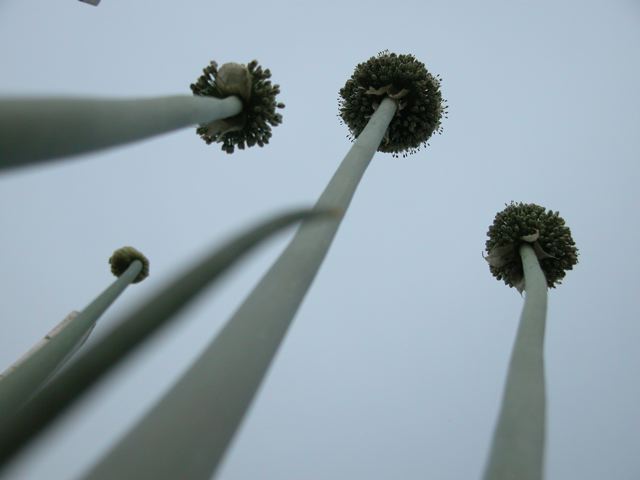
Two things I am taking away from this book of letters:
1. Hellebores. They're something I've only admired in OPG (Other People's Gardens).
2. A great thankfulness that Civil Rights has passed in this country.
Yes, cantankerous me: wouldn't it be LOVELY if I could just revel in these letters for their breadth of gardening knowledge? Well, whether it's simply cultural oversight of a Yankee gardener with "hired men" or a Southern gardener with "half grown Negro boy[s]"...I seriously wonder if we can really consider these two women gardeners in the sense that we understand the term. (Especially Katharine White, who never deigned to even get out of a dress and heels.) I guess instead I will blame the editor, who did a fine job of delineating the silver spoon set but neglects to mention the hired help by name. It especially galled me when the editor saw fit to mention who Elizabeth's mother's doctor was, yet in the same paragraph, the ONLY place where he's mentioned, she doesn't cite Elizabeth's gardener. "All saying things can't be done, that my yardman, Willie, and I have been doing for years without a fuss." [p. 76,Beacon Press ppb edition]
Okay, THAT is out of the way. Elizabeth Lawrence, if I were to rank them, is more bona fide a dirt digger. She wrote a gardening column for The Charlotte Observer and also had a landscape consulting business. Her personality comes through loud and clear in her letters, which describe a somewhat one-sided "friendship" between these two women. Katharine S. White (wife of E.B. "Andy" White, of Charlotte's Web fame and a lot more) was an editor at The New Yorker who on occasion wrote a mostly gardening-related column for the same magazine. She had a large flower garden at their farm in Maine.
As a historical document, this batch of letters describes well how plantgrowing moved from one of local nurseries with local specialties to national nurseries with, as we know now, nothing local. This trend was helped somewhat by Katharine's New Yorker articles about mail-order nurseries. (Katharine relied heavily in writing these articles upon the expertise of people like Elizabeth.) These letters document the loss of scent in roses, the hardiness of North Carolina daffodils in Maine, and bloom times for plants in December (!!). As such, it makes a very interesting read for those of us who're plant-happy.
These letters also follow gardening trends, especially the emergence of the horrors of DDT and the re-emergence of chemical-free gardens. I think we were all a bit horrified to read how they describe how their yards were regularly sprayed with DDT and they noticed the loss of certain creatures because of it. (It was The New Yorker that first published chapters of Rachel Carson's Silent Spring.)
The letters also describe what happened in their lives, particularly in terms of illness. (It is said that the Whites tended to be hypochondriacs.) Part of me wonders if some "real" gardening, the bend-and-stretch, dig-the-dirt, spread-the-mulch sweatiness that most of us practice wouldn't have benefited these two, Katharine White especially. But then I also realize these women were very much products of their time, even though they were highly unusual by being fully employed. So getting sweaty in the garden was ONLY acceptable if they did it with their yardmen.
And that makes me wonder. Is my reaction to these women's gardens a visceral kind of backwards jealosy? I am definitely in the bite-off-as-much-as-I-can-chew camp here on the farm. My vision, of course, is much larger than my time allows. If I had a yardman, or a crew...who knows what I could do. And seeing what these two COULD do, well...
And it is here that I should mention that my husband is in this week's New Yorker. They mention his New York show, and include a photo (not online, unfortunately, but in the magazine itself). He'll be in April's Harper's, so the ghosts of the Whites are all over this house...
(Thanks again, Carol, for hosting!)































